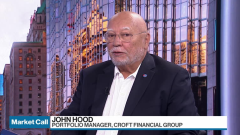Mar 9, 2020
Oil crash sends Aramco, Gulf bonds and stocks reeling
, Bloomberg News

The collapse in oil prices reverberated through Middle East markets for a second day, with Saudi Aramco plunging by the maximum allowed and yields on its bonds soaring.
Aramco’s 9.8 p drop helped drive the Tadawul All Share Index down 9.2 per cent as of 10:46 a.m. in Riyadh, while other major gauges in the Gulf tumbled. Omani rial forwards jumped to a record high in the offshore market, while Saudi riyal forwards rose fourfold.
The slump in Gulf assets came as oil registered its biggest drop since the Gulf War in 1991 following the breakdown of talks between OPEC and Russia in Vienna, which prompted Saudi Arabia to slash prices. Brent crude was trading at US$35.17 a barrel as of 8:19 a.m. in London, with Goldman Sachs Group Inc. telling clients it could quickly dip into the US$20s.
“The ability of oil-dependent nations to fund their respective fiscal programs this year are likely to be thrown into further doubt,” said Han Tan, a Kuala Lumpur-based market analyst at FXTM.
“Broadly, the outlook will remain decidedly negative as long as the price remains in the $30 per barrel range,” said Todd Schubert, head of fixed-income research at Bank of Singapore Ltd. “More concretely, the countries where the fiscal breakeven is higher -- Bahrain and Oman -- will certainly suffer.”
--With assistance from Hanna Hoikkala.




